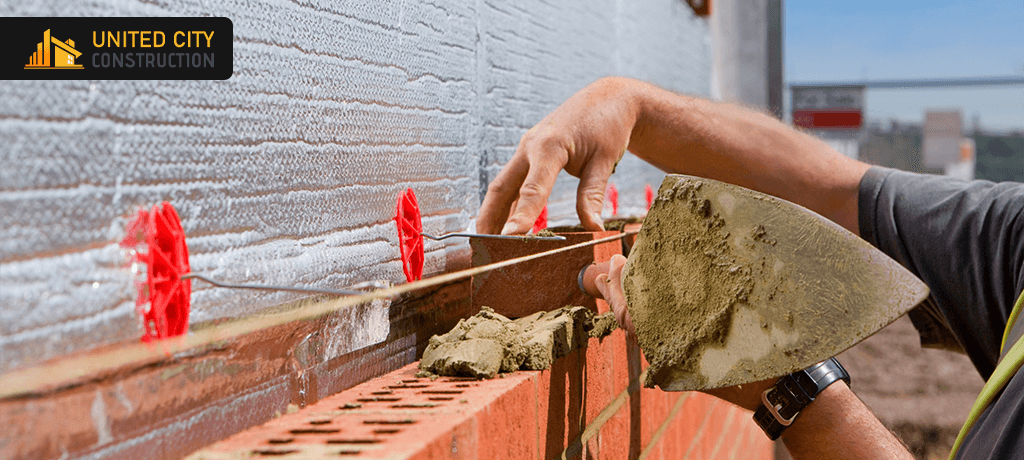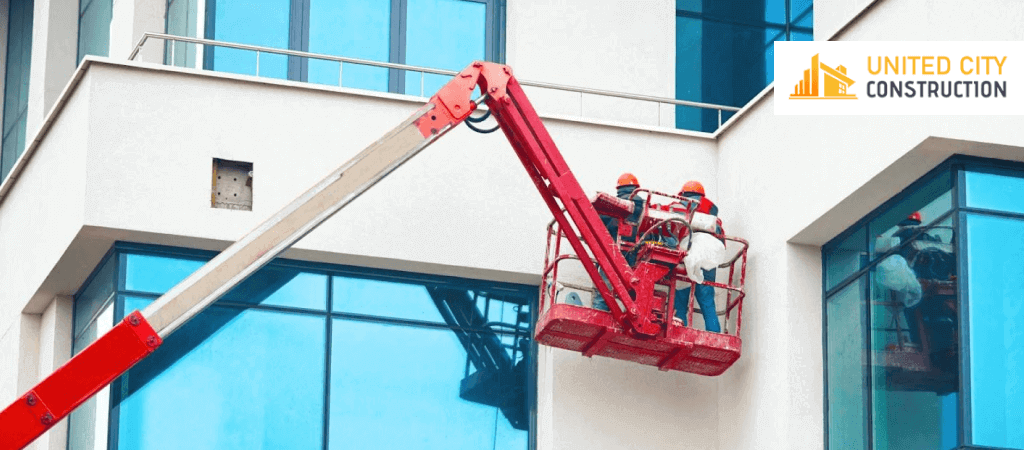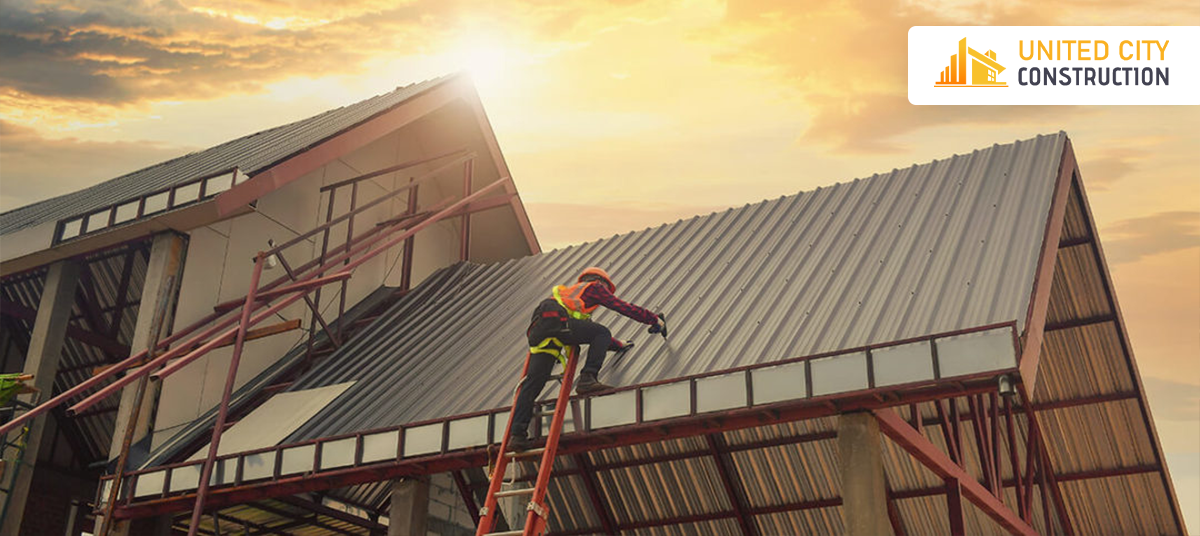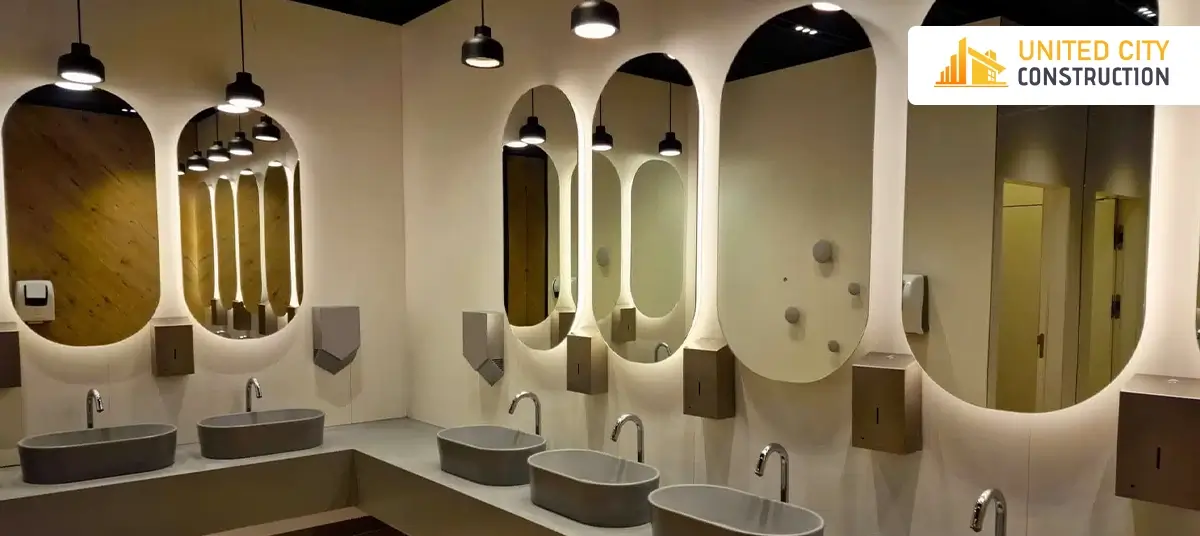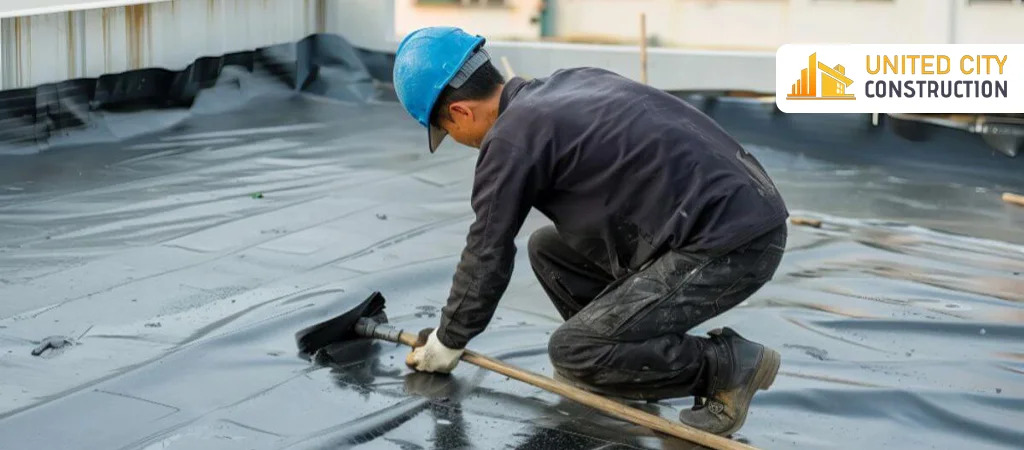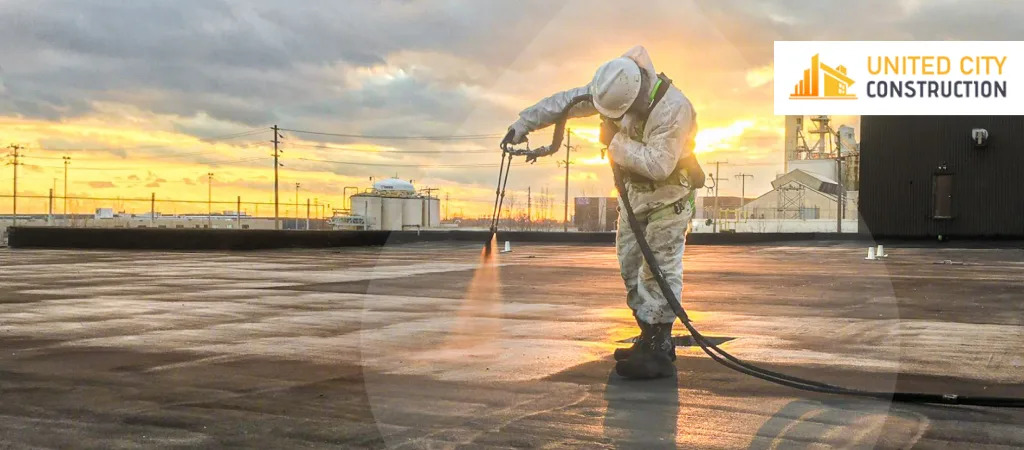Modern Masonry Techniques and Trends

Modern masonry is a testament to tradition and innovation in the dynamic landscape of construction. As one of the oldest building techniques known to humanity, masonry has evolved significantly, embracing new materials, methods, and styles. In bustling urban centers like New York, where architectural excellence meets the demands of a fast-paced environment, the role of the best construction company in NY is pivotal in shaping the skyline and maintaining the city's iconic buildings. This blog explores the latest trends and techniques in modern masonry, highlighting how the top building maintenance company in NY is leading the way in delivering exceptional exterior services that blend craftsmanship with contemporary needs.
The Evolution of Masonry Techniques
Masonry, as a construction method, has a rich history dating back thousands of years. From the ancient pyramids of Egypt to the iconic cathedrals of Europe, masonry has been a cornerstone of architectural achievement. Over time, masonry techniques have evolved significantly, driven by advancements in technology, materials, and construction practices.
- Traditional masonry relied heavily on manual labor and basic tools. Masons would use materials such as stone, brick, and mortar to construct walls, arches, and other structures. These techniques were time-consuming and labor-intensive but resulted in durable and long-lasting buildings.
- The advent of modern materials has revolutionized masonry construction. Concrete blocks, reinforced with steel, offer increased strength and durability. Precast concrete panels allow for faster construction times and greater design flexibility. Additionally, new mortar mixes and additives improve workability and bond strength.
- Technology has played a significant role in modernizing masonry construction. Laser-guided equipment ensures precision in cutting and laying bricks and blocks. Computer-aided design (CAD) software allows architects and engineers to create complex masonry designs with ease.
- Modern masonry has also embraced sustainability. Recycled materials, such as crushed glass or fly ash, can be used in concrete mixes. Additionally, masonry structures provide excellent thermal mass, reducing the need for heating and cooling, and contributing to energy efficiency.
- Modern masonry construction techniques have evolved to be more efficient and cost-effective. For example, dry-stack masonry eliminates the need for mortar, reducing construction time and waste. Similarly, thin veneer masonry uses a fraction of the material of traditional masonry, making it a more sustainable option.
Sustainable Masonry Practices
Sustainability is a key consideration in modern construction practices, and masonry is no exception. Sustainable masonry practices aim to reduce environmental impact, improve energy efficiency, and promote the use of renewable resources. Here are some sustainable masonry practices that are shaping the industry.
- Incorporating recycled materials into masonry construction can significantly reduce environmental impact. For example, using recycled aggregates in concrete blocks or bricks can reduce the demand for virgin materials and lower carbon emissions.
- Modern masonry systems are designed to improve energy efficiency in buildings. Masonry's thermal mass properties can help regulate indoor temperatures, reducing the need for heating and cooling energy. Additionally, innovative insulation materials can be incorporated into masonry walls to further enhance energy performance.
- Traditional mortar mixes often contain high levels of cement, which has a high carbon footprint. Green masonry mortar mixes use alternative materials, such as lime or geopolymer binders, which have lower environmental impacts and can improve the overall sustainability of masonry construction.
- Proper water management is crucial for sustainable masonry construction. Permeable masonry materials, such as porous bricks or blocks, can help reduce stormwater runoff and promote groundwater recharge. Additionally, rainwater harvesting systems can be integrated into masonry buildings to reduce reliance on municipal water sources.
- Sustainable masonry practices also include designing buildings for disassembly and reuse. Using modular masonry systems or dry-stack techniques can make it easier to dismantle and recycle materials at the end of a building's life cycle.
- Conducting a life cycle assessment can help evaluate the environmental impact of masonry construction. This analysis considers the environmental impacts of materials, construction, use, and end-of-life scenarios, helping designers and builders make informed decisions to reduce environmental footprints.
Architectural Trends in Modern Masonry
Modern masonry is not just about functionality but also about creating visually stunning architectural designs. Architects and designers are pushing the boundaries of traditional masonry to create innovative and aesthetically pleasing structures. Here are some key architectural trends in modern masonry.
- One prominent trend in modern architecture is the seamless integration of glass and masonry. This design approach combines the solidity of masonry with the transparency of glass, creating striking visual contrasts and allowing ample natural light to penetrate the interior spaces.
- Modern masonry is increasingly being used to create sculptural elements in buildings. Intricate brickwork, complex arches, and decorative patterns add a sense of artistry and craftsmanship to architectural designs, turning buildings into works of art.
- Architects are experimenting with mixing different materials, such as wood, metal, and stone, with masonry to create unique and visually appealing facades. This blending of materials adds texture, depth, and character to buildings, making them stand out in their surroundings.
- Sustainability is a driving force in modern architecture, and masonry is no exception. Architects are using sustainable masonry materials, such as recycled bricks and locally sourced stone, to reduce environmental impact. Additionally, masonry buildings are being designed with energy-efficient features, such as green roofs and passive solar design, to enhance sustainability.
- Advancements in masonry construction techniques have led to innovative structural designs. Architects are using masonry to create intricate load-bearing structures, such as vaults, domes, and arches, that not only provide structural support but also add architectural interest to buildings.
- The minimalist design approach is also influencing modern masonry architecture. Clean lines, simple forms, and monochromatic color schemes are being used to create contemporary masonry buildings that exude elegance and sophistication.
Future Trends in Masonry
As the construction industry continues to evolve, so do the trends in masonry. Looking ahead, several key trends are expected to shape the future of masonry construction.
- The development of new, advanced materials is expected to revolutionize masonry construction. Nanotechnology, for example, could lead to the development of self-healing masonry materials that can repair cracks and damage on their own, increasing the durability and longevity of masonry structures.
- Digital fabrication techniques, such as 3D printing, are likely to play a significant role in the future of masonry. 3D printing can be used to create complex masonry components with high precision, reducing waste and labor costs.
- The integration of smart technologies into masonry construction is another future trend to watch. Smart bricks embedded with sensors could monitor the structural health of buildings in real time, providing early warnings of potential issues.
- Prefabrication and modular construction techniques are expected to become more prevalent in masonry construction. Prefabricated masonry panels and modular masonry systems can streamline the construction process, reduce waste, and improve quality control.
- Sustainability will continue to be a driving force in masonry construction. Future trends may include the use of bio-based masonry materials, such as hempcrete, and the incorporation of renewable energy systems, such as solar masonry units, into masonry buildings.
- As the demand for flexible and adaptable spaces grows, masonry construction will need to evolve to meet these needs. Future trends may include the development of masonry systems that allow for easy reconfiguration and modification of spaces.
Conclusion
Modern masonry techniques and trends are transforming the way buildings are constructed and designed. From innovative materials and sustainable practices to architectural advancements and future technologies, masonry construction is evolving to meet the demands of a rapidly changing world. As we look to the future, the role of masonry in construction will continue to grow, driven by a commitment to sustainability, innovation, and excellence. By embracing these trends and techniques, the construction industry can create buildings that not only stand the test of time but also contribute to a more sustainable and resilient built environment.
At United City Construction, we are committed to excellence in masonry construction and building maintenance services. If you are looking for the best construction company in NY to partner with on your next project, contact us today. Our team of experts is ready to discuss your needs and provide tailored solutions to meet your goals.


